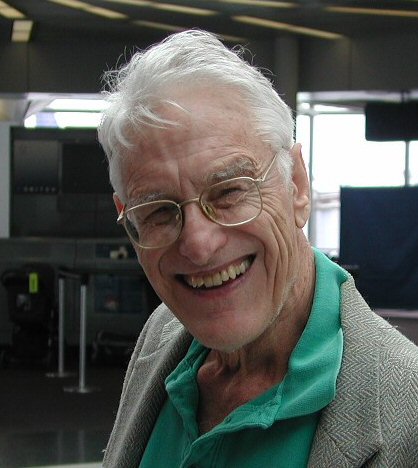By Steven B. Krivit
Dec. 16, 2011
Shell’s Interest Indicates Major Shift for LENR
Royal Dutch Shell, plc, one of the largest energy companies in the world, is interested in exploring low-energy nuclear reaction research as a possible game-changer in the energy business.
Two Shell scientists, Anitha Sarkar and Gilles Buchs, with the backing of the Shell GameChanger program, are looking for opportunities to work actively with LENR experts, according to a brief introduction the researchers prepared.
Edward Beardsworth, a venture capitalist at Jane Capital Partners in San Francisco, introduced the researchers to the field in a message to the CMNS e-mail list today.
“At my request, they prepared the attached biographical sketches and description of what they bring to the group. They are both located at the company’s research and development offices in the Netherlands,” Beardsworth wrote. “I believe their fresh and enthusiastic approach will lead to good contributions to the field.”
According to its Web site, Shell GameChanger “helps move ideas to reality by sponsoring entrepreneurs to develop their ideas into a product that can be introduced to the marketplace.”
“Specifically,” the site says, “we look for innovative ideas that address a demand or significant problem in the energy industry and have the potential to change the game.”
The Shell researchers, according to the document provided by Beardsworth, offer the following to the field:
– Broad expertise in wide variety of energy conversion systems
– Access to significant group of Shell surface science and catalysis experts
– Access to key related disciplines: thermodynamics, physics, electrochemistry, computational chemistry, heat exchange, etc.
– Shell GameChanger program, (www.shell.com/gamechanger) rapidly funds initial proof of concept testing for revolutionary innovation
– Significant expertise and track record of development and scaling-up and from lab-scale to commercial unit of a wide range of complex energy technologies.
This is not the first time Shell has looked into LENR research. In 1995, Shell sponsored LENR research at the French laboratory Laboratoire des Sciences Nucléaires at the Conservatoire National des Arts et Métiers (CNAM). This research showed high-quality LENR work, and the research paper provided the expected level of professionalism in a scientific communication.
The researchers found a small ratio of excess heat compared to the input electrical power in both light- and heavy-hydrogen experiments. However, the experiments demonstrated a sustained period of steady excess-heat production. The hydrogen experiment produced 16 megajoules during a 39-day run, with a mean excess-heat production of 4.7 Watts from a 150 Watt electrical input.
Consistent with the extensive body of LENR research, the CNAM researchers found no significant levels of dangerous radiation from neutrons, X-rays or gamma rays. The researchers failed to find nuclear signatures consistent with the amount of excess energy produced. They did not, however, check for isotopic shifts or transmutations, and they did not use solid-state nuclear track detectors to look for alphas or bursts of spallation neutrons.


